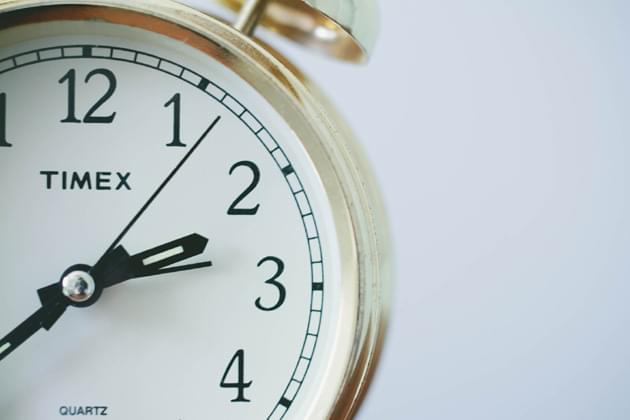
By Cole Lauterbach/Illinois Radio Network
SPRINGFIELD – Now that most are out of the hangover from the beginning of Daylight Saving Time, should we never do that again?
As good as it feels to have that extra hour of sleep in the fall, the effect of near total darkness before most in Illinois are out of work has people grumbling.
State Rep. Tom Bennett’s district in eastern Illinois shares a boundary with the eastern time zone, meaning people there have some of the earliest sunsets in Illinois. He has a resolution <https://ilnews.us5.list-manage.com/track/click?u=1d3652620e2980a610f8f7a17&id=3c8326ef0b&e=1c4547b8f7> urging Congress to keep DST permanently, which would give most of his constituents more than 270 days with sunsets after 6 every year, compared to around 230, depending on location.
“Iroquois County is a great county, but a lot of rural areas there are impacted by that,” Bennett, R-Pontiac, said. “Maybe it’s time that we look at this a little differently.”
It appears that Congress has already taken note. The U.S. Committee on Energy and Commerce sent a letter Monday to Energy Secretary Elaine Chou, asking her to explore permanent DST.
“Every year the change from Standard to Daylight Saving Time is greeted with at least some level of befuddlement and confusion,” the letter read.
Locally, two bills in the General Assembly would do away with DST and make it permanent, respectively. Both have yet to be granted consideration.
Some studies point to increased depression from lack of sunlight but warn that it’s the morning hours that the sun really lifts the mood.
Beginning on the second Sunday in March and ending on the first Sunday in November, Daylight Saving Time has been in effect for the U.S. since 1918 to help conserve energy for the war effort during World War I. But the concept had been around in Western Europe before that. Then, French Ambassador Benjamin Franklin wrote an essay in 1784 on the potential benefits of adopting the process of shifting clocks forward to better align waking hours to sunlight.
The official duration of Daylight Saving Time was extended in 2005 by Congress to cover 238 days of the year.






